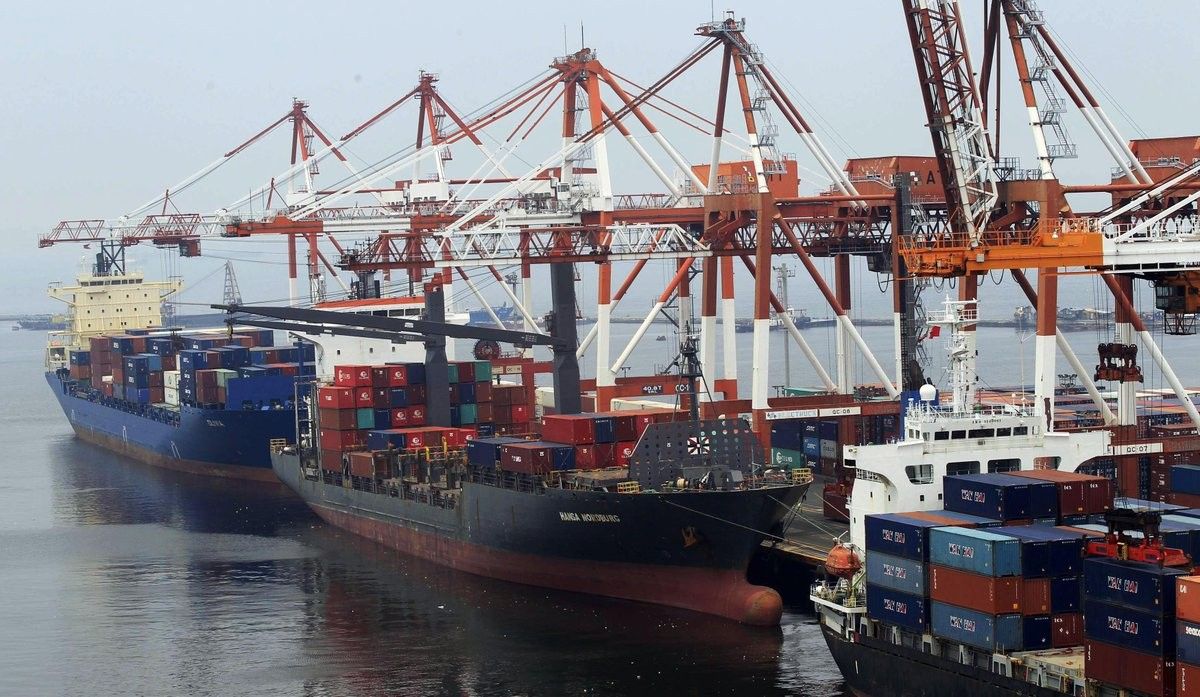Strong domestic demand to sustain growth

MANILA, Philippines — Amid a weak growth outlook for emerging Asia this year, London-based think tank Capital Economics expects the Philippines to sustain strong growth momentum of six percent this year and next as strong domestic demand is seen offsetting weak export performance.
In its latest Emerging Asia Economic Outlook, the research firm said growth in developing Asian countries is threatened by weak global demand particularly in the electronics sector.
Philippine exports continued to decline in February due to lower sales in five of the country’s top export products: metal components, gold, machinery and transport equipment, manufactured goods and ignition wiring sets.
Exports declined by 0.9 percent to $5.18 billion in February 2019 from $5.23 billion in the same period last year.
This, however, was the slowest decline in four months following a slowdown of one percent in November 2018 and contractions of 12.2 percent and 6.7 percent in December 2018 and January 2019, respectively.
Capital Economics said while the growth expectation of six percent this year and next is slow by recent standards, it would still make the Philippines one of the fastest growing economies in the region.
“Weak export demand is likely to be offset by stronger domestic demand. One factor that should support growth is falling inflation,” the firm said. “Lower price pressures will not only boost consumer’s purchasing power, but should give the central bank room to unwind some of last year’s tightening.”
As exports remain weak, Capital Economics expects growth to continue being supported by an increase in government infrastructure spending.
The government has so far been running on a re-enacted budget. Malacanang initially announced last Wednesday that President Duterte is expected to sign this year’s General Appropriations Act on April 15 but later on backtracked on its statement.
“But once the budget is approved, spending is expected to accelerate sharply. The 2019 budget envisages a sharp rise in infrastructure spending from an estimated 4.9 percent of GDP in 2018, to 6.4 percent of GDP in 2021,” said Capital Economics.
“Meanwhile, reconstruction in the Mindanao region should also add to growth,” it added.
Despite this optimistic outlook in the short term, Capital Economics said the country’s “worsening political climate” is becoming as risk to long-term growth.
“Improvements to the business environment has stalled under President Duterte, who has continued to unnerve investors with his attacks on opposition politicians and journalists,” it said.
Another risk to long-term growth is the widening current account deficit which is putting further pressure on the peso.
As of February, the country’s trade deficit— the largest component of the current account deficit— widened year-on-year to $2.79 billion from $2.54 billion in February 2018.
This trade gap, however, was significantly narrower than the $3.76 billion deficit recorded in January 2019 when imports reached $9.03 billion and exports reached $5.28 billion.
“Weak export growth and rising imports of capital goods and raw materials to supply the country’s infrastructure drive has led to a sharp deterioration in the current account,” Capital Economics said.
“We expect the deficit to widen further over the next couple of years, reaching around 3.5 percent of GDP in 2020,” it added.
As a larger deficit puts downward pressure on the currency, Capital Economics sees the peso falling to 55 versus the dollar this year.
A weaker peso makes imports more expensive, hurting local manufacturers as they bring in raw materials and capital goods.
To protect profit margins, they may raise the prices of finished goods. This may also make government projects more expensive.
- Latest
- Trending






























